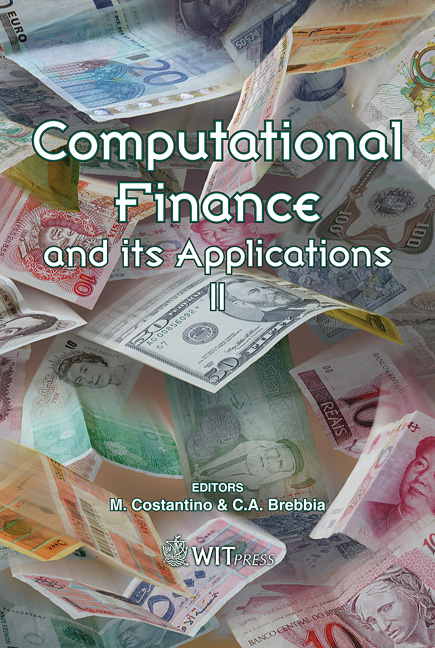A Monte Carlo Study For The Temporal Aggregation Problem Using One Factor Continuous Time Short Rate Models
Price
Free (open access)
Transaction
Volume
43
Pages
9
Published
2006
Size
419 kb
Paper DOI
10.2495/CF060141
Copyright
WIT Press
Author(s)
Y. C. Lin
Abstract
For most continuous time models formulated in finance, there is no closed form for the likelihood function and estimation of the parameters on the basis of discrete data will be based on an approximation rather than an exact discretization. For example, the Euler method introduces discretization bias because it ignores the internal dynamics that can be excessively erratic. We view the approximation as a difference equation and note that the solution of the continuous time model does not satisfy this difference equation. The effectiveness of the approximation will depend on the rate at which the underlying process is sampled. We investigate how much it matters: can we get significantly different estimates of the same structural parameter when we use say hourly data as compared with using monthly data under given discretization? If yes, then that discretization when applied to a data set in hand, as is done in practice, cannot be said to give robust results. We compare numerically the application of methods by Yu and Phillips (2001), Shoji and Ozaki (1998) and Ait-Sahalia (2002) in the maximum likelihood estimation of the unrestricted interest rate model proposed by Chan et al. (1992). We find that reducing the sampling rate yield large biases in the estimation of the parameters. The Ait- Sahalia method is shown to offer a good approximation and has the advantage of reducing some of the temporal aggregation bias. Keywords: the discretization method. 1 Introduction The purpose of the paper is to evaluate the performance of different discretization approximation to a structure continuous time model formulated as
Keywords
the discretization method.





